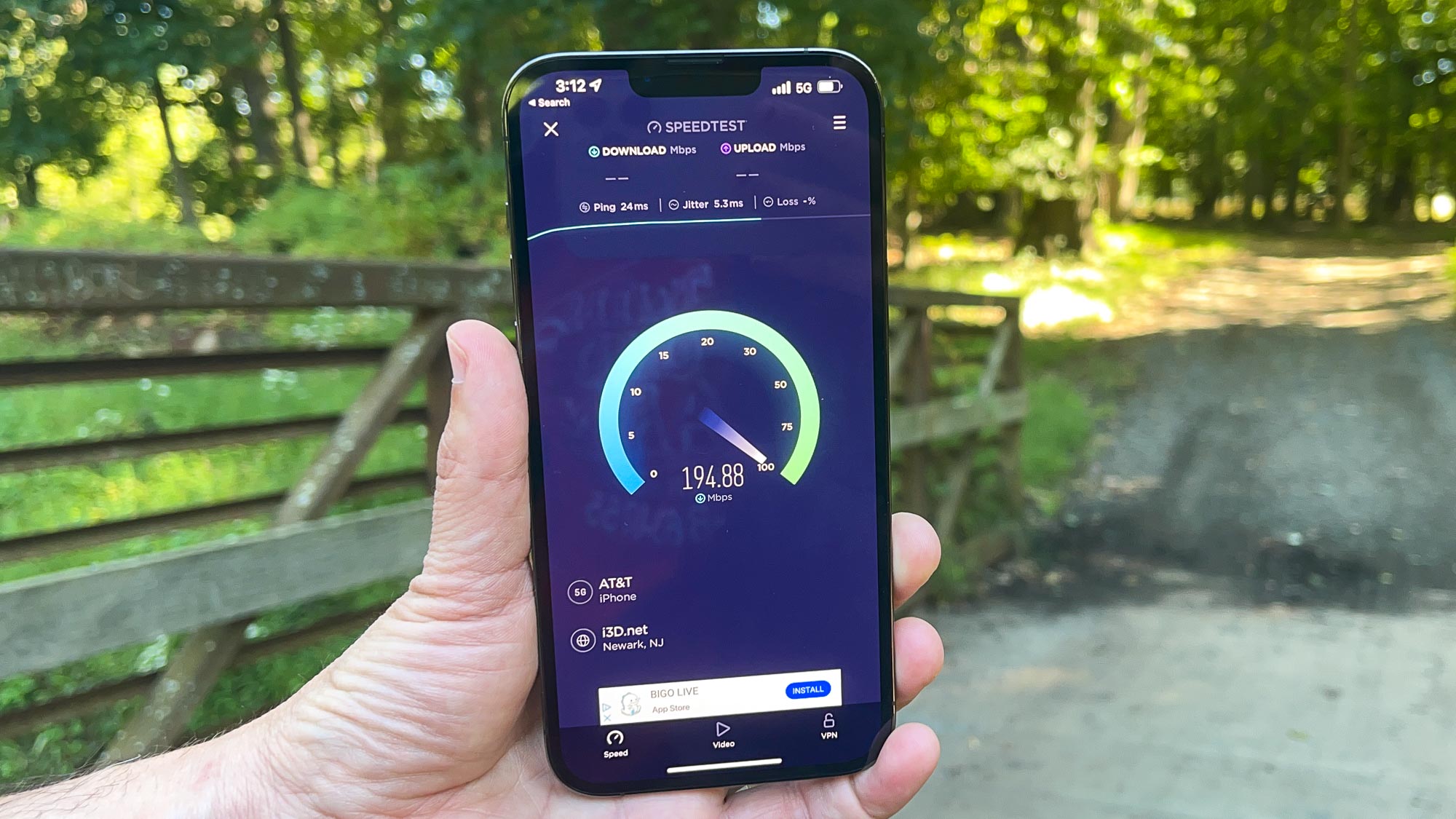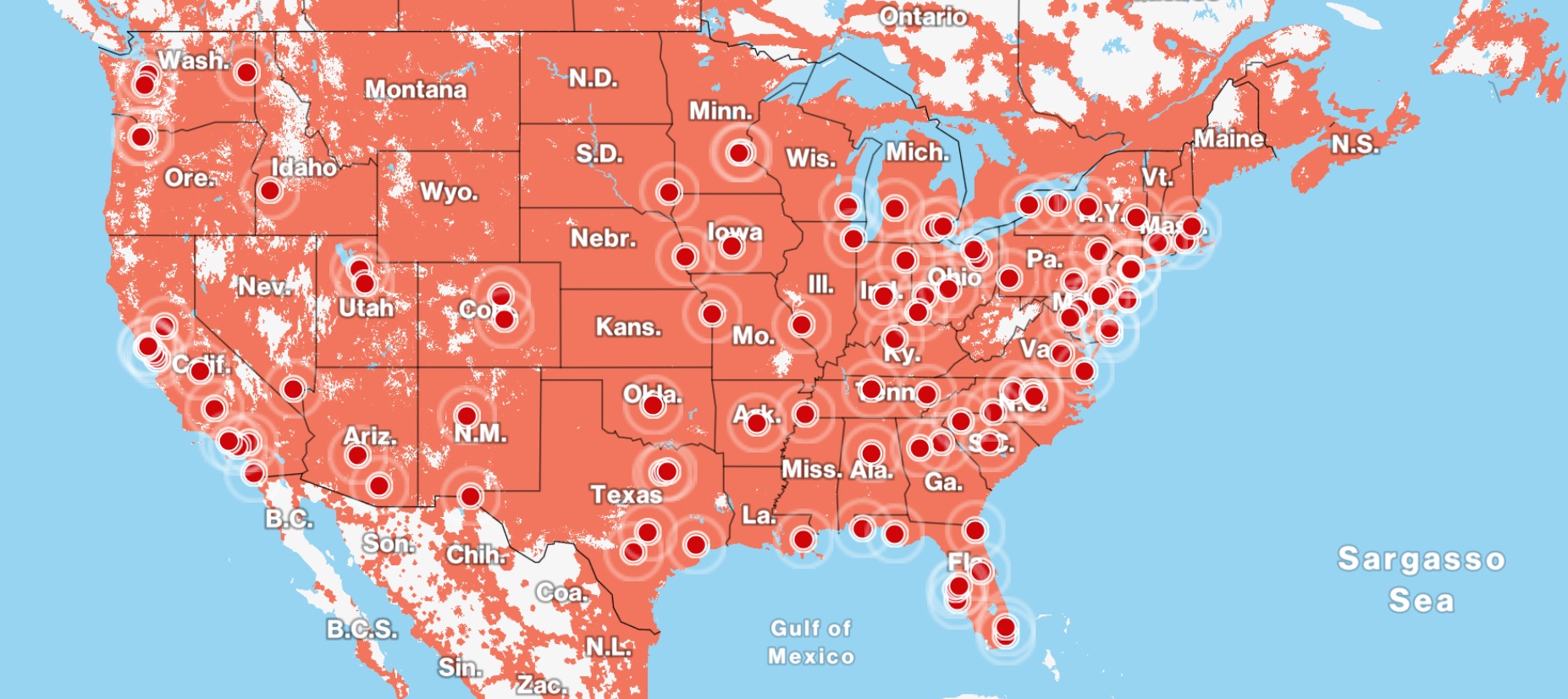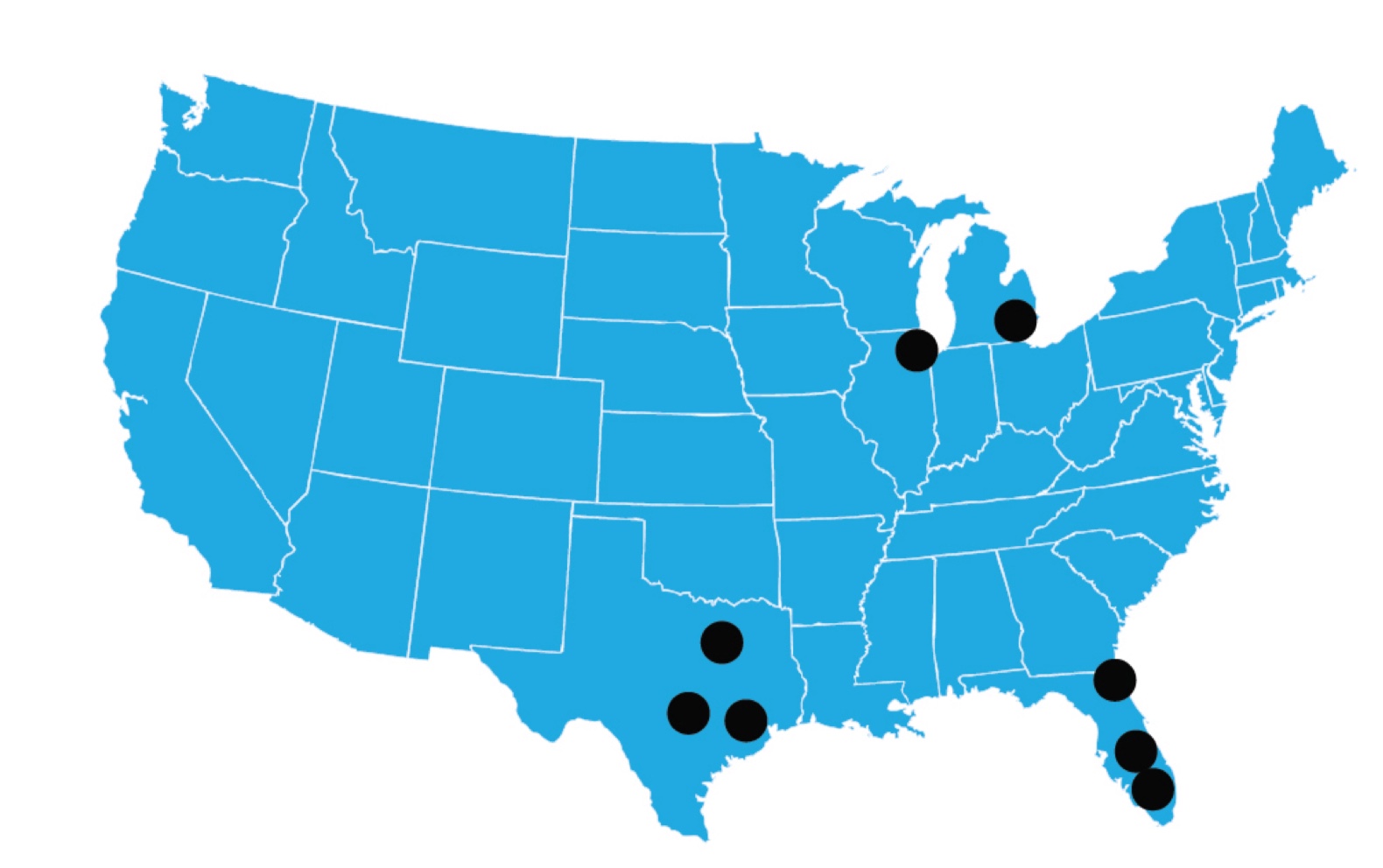C-Band 5G: Here are the phones you need for faster speeds

Verizon and AT&T both gave their 5G networks a boost back in January, upgrading their coverage with C-Band spectrum. Thanks to C-Band, customers of either phone carrier should see faster 5G speeds covering a larger area than before — provided they have a compatible phone.
The good news is that phone you're already holding may be able to connect to the faster C-Band 5G of both Verizon and AT&T right now. And the ranks of C-Band 5G-ready phones has only increased since the start of the year.
Many recent flagships that rank among the best 5G phones already have the capability to connect to C-Band 5G. In those cases, it's just a matter of being in an area that's covered by the faster networks of Verizon and AT&T. What's more, major phones that have come out since C-Band 5G went live — we're looking at you, Galaxy S22 models — support the new network out of the gate.
C-Band 5G made headlines earlier this year, and not just because of the ongoing dispute between the aviation industry, which fears that the signals will interfere with the altimeters on some planes, and wireless providers, which launched their services with a buffer zone around select airports.
C-Band is a relatively uncrowded part of the wireless spectrum that was auctioned off to phone providers last year. C-Band delivers fast speeds but with a wider reach than millimeter wave-based 5G, which is what Verizon and AT&T used for their initial super-fast coverage. By launching C-Band 5G, speeds that were enjoyed by people within sight of mmWave towers can now reach further and even penetrate buildings in some cases.
Verizon grabbed the biggest chunk of C-Band spectrum and last year's auction, with AT&T picking up a slice, as well. T-Mobile has some C-Band spectrum of its own, though it doesn't plan to implement that into its own nationwide 5G coverage until 2023.
Don't feel too badly for T-Mobile, though, which has used its own 5G spectrum along with spectrum acquired as part of the Sprint merger to build out the farther reaching 5G network to date. T-Mobile says its nationwide coverage reaches more than 300 million people; of that total, 200 million can access T-Mobile's faster Ultra Capacity 5G service.
Get instant access to breaking news, the hottest reviews, great deals and helpful tips.
As a result, T-Mobile tends to top most rankings for 5G speed and availability. According to Rootmetrics testing, T-Mobile has the fastest 5G speeds and the greatest availability, at least for the second half of 2021. Clearly, Verizon and AT&T expect their C-Band rollouts to close that gap.
Here's a round-up of where you can expect to find C-Band 5G from both Verizon and AT&T and what phones you'll need to be able to take advantage of the improved performance.
Verizon C-Band
Because Verizon grabbed the majority of the C-Band spectrum at last year's auction, it's got the bigger rollout. When Verizon launched C-Band 5G, the carrier said that the faster coverage current reaches 1000 million people; that will grow to 175 million by year's end. The carrier's nationwide 5G service, which uses lower-speed sub-6GHz spectrum, reaches 230 million people.

You'll need one of three different Verizon unlimited data plans to get C-Band 5G coverage. Verizon's 5G Play More and Do More plans both cost $80 a month for a single line and are separated by the different perks they offer subscribers. (You get more streaming service subscriptions with Play More and more cloud storage with Do More.) Verizon's 5G Get More plan costs $90 a month for one line of data.
Verizon says the following phones works with its C-Band 5G network.
- Any iPhone 13 model
- Any iPhone 12 model
- iPhone SE 2022
- Any Samsung Galaxy S22 model
- Any Samsung Galaxy S21 model, including the Galaxy S21 FE
- Samsung Galaxy Z Fold 3 and Galaxy Z Flip 3
- Samsung Galaxy A42
- Google Pixel 6 and Pixel 6 Pro
- TCL 30 V
The iPhone SE and Galaxy S22 models came out after Verizon launched its C-Band support, so they're among the phones that will support C-Band 5G right out of the gate. Verizon only added certification for the Pixel 6 and Pixel 6 Pro in March.
In addition, iPad Pro and iPad Mini tablets that can connect to 5G will be able to use Verizon's 5G C-Band service.
You'll know you're on Verizon's C-Band network when the status indicator on your phone shows a 5G Ultra Wideband symbol. That's the same logo that appeared when your phone was connected to Verizon's mmWave-based 5G.
AT&T C-Band
AT&T's C-Band rollout is a bit more limited than what Verizon has done. For now, AT&T C-Band has launched in parts of eight metro areas, with AT&T promising that the service will "expand rapidly" from the current sites in Austin, Chicago, Dallas/Fort Worth, Detroit, Houston, Jacksonville, Orlando and south Florida.
C-Band 5G joins AT&T's existing 5G footprint, which covers more than 255 million people. The carrier also has mmWave-based 5G installations in more than 40 cities and nearly 30 stadiums, airports and arenas.

You'll spot some similarities between supported C-Band 5G devices for Verizon and AT&T, though AT&T has a couple of additional phones.
- Any iPhone 13 model
- Any iPhone 12 model
- iPhone SE 22
- Any Samsung Galaxy S22 model
- Any Samsung Galaxy S21 model, including the Galaxy S21 FE
- Samsung Galaxy Z Fold 3 and Galaxy Z Flip 3
- Pixel 6 and Pixel 6 Pro
- Samsung Galaxy A13 5G
Like Verizon, AT&T also includes 5G iPad Pro and iPad mini models among its C-Band 5G devices. Connected devices will show a "5G+" symbol in their indicator bar.
Philip Michaels is a Managing Editor at Tom's Guide. He's been covering personal technology since 1999 and was in the building when Steve Jobs showed off the iPhone for the first time. He's been evaluating smartphones since that first iPhone debuted in 2007, and he's been following phone carriers and smartphone plans since 2015. He has strong opinions about Apple, the Oakland Athletics, old movies and proper butchery techniques. Follow him at @PhilipMichaels.

